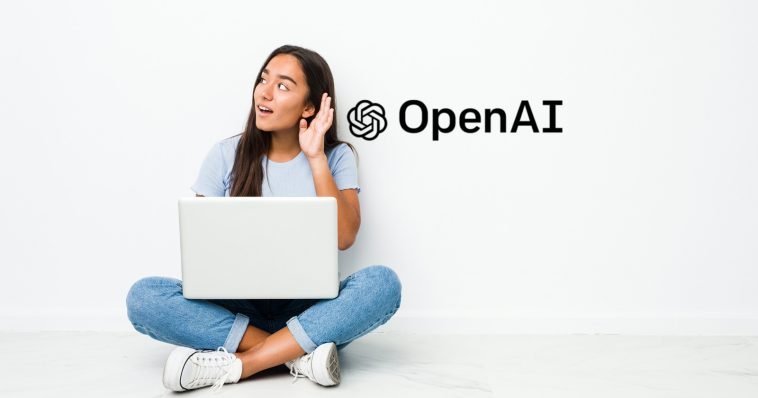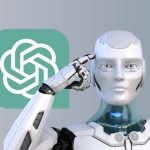Introduction.
One remarkable example of this is ChatGPT, a powerful language model developed by OpenAI that can engage in meaningful conversations, answer questions, and assist with a wide range of topics.
However, have you ever wondered what it would be like to create your own ChatGPT?
The opportunity to craft a personalized conversational AI opens up a world of possibilities, enabling you to explore and expand your creativity in the realm of artificial intelligence.
Developing your own ChatGPT involves combining the latest advancements in natural language processing and machine learning.
While it may seem like a daunting task, this guide will walk you through the essential steps required to embark on your journey of building a unique and intelligent chatbot.
How Do I Make My ChatGPT?
Conversational AI has revolutionized the way we interact with technology, allowing us to have human-like conversations with chatbots and virtual assistants.
OpenAI’s ChatGPT is a prime example of this remarkable technology, showcasing the power of natural language processing and machine learning.
If you’ve ever wondered how to create your own ChatGPT, this article will guide you through the steps, giving you the knowledge and tools to embark on your own conversational AI adventure.
1. Understanding the Basics.
Before diving into ChatGPT’s creation, it’s important to grasp the fundamentals of natural language processing (NLP) and machine learning (ML).
Familiarize yourself with neural networks, deep learning, and language modelling. Explore how these technologies process and generate human-like responses, enabling meaningful interactions.
2. Data Collection and Preprocessing.
Building a successful ChatGPT requires a diverse and relevant dataset. Identify sources of conversational data that align with your chatbot’s purpose.
Collect and preprocess the data, ensuring it’s formatted appropriately for training. Remove noise, correct errors, and maintain consistency in the dataset to optimize your chatbot’s performance.
3. Training the Model.
Training a ChatGPT involves leveraging powerful ML frameworks like TensorFlow or PyTorch. You can either fine-tune existing language models or train them from scratch.
Transfer learning, reinforcement learning, and other techniques can be applied to improve your model’s capabilities. This step requires ample computational resources and time for training iterations.
4. Implementing Dialogue Systems.
To enable interactive conversations, you’ll need to design and implement a dialogue system for your ChatGPT.
Explore different approaches, such as rule-based systems or more advanced sequence-to-sequence models.
Consider using attention mechanisms or transformer architectures to enhance your chatbot’s ability to understand and respond to user input effectively.
5. Evaluating and Improving Performance.
Evaluating your ChatGPT’s performance is essential to ensure its accuracy, coherence, and user satisfaction.
Use evaluation metrics, user feedback, and automated testing techniques to measure its effectiveness.
Iterate on your model based on these insights, incorporating improvements to enhance its conversational capabilities.
6. Deployment and Maintenance.
Prepare your ChatGPT for deployment by selecting a suitable platform or framework to host your conversational AI. Consider factors like scalability, security, and privacy when making your choice.
Regularly update and maintain your chatbot, incorporating new data and improvements to ensure its relevance and effectiveness over time.
7. Enhancing User Experience.
Creating a remarkable user experience is crucial for the success of your ChatGPT. Consider incorporating features that improve user engagement and satisfaction.
Implement functionalities like context awareness, sentiment analysis, or personalized recommendations to tailor the chatbot’s responses to individual users.
Strive to make the conversation flow seamlessly, ensuring that users feel understood and valued.
8. Handling Edge Cases and Errors.
No chatbot is perfect, and it’s essential to anticipate and handle edge cases and errors gracefully. Identify potential pitfalls and challenging scenarios that your ChatGPT might encounter.
Implement error-handling mechanisms, fallback strategies, and error detection systems to provide meaningful responses even in ambiguous or error-prone situations.
By addressing these challenges proactively, you can enhance the overall user experience.
9. Incorporating Ethical Considerations.
As an AI developer, it’s important to be mindful of the ethical implications of your ChatGPT. Consider issues such as bias, privacy, and responsible AI usage.
Strive to create a chatbot that respects user privacy, avoids promoting harmful content, and treats all users fairly and respectfully.
Regularly review and update your model and data to mitigate biases and ensure inclusivity.
10. Iterating and Scaling.
Building a ChatGPT is an iterative process. As you gather user feedback and gain insights from real-world usage, continuously refine and enhance your chatbot.
Incorporate user suggestions, address limitations, and refine the model’s training process to ensure ongoing improvement.
Additionally, consider scalability and efficiency as you optimize your chatbot for handling increased user interactions and expanding user bases.
Conclusion.
Creating your own ChatGPT is an exciting and rewarding endeavour. By following these steps, you can embark on a journey into the fascinating realm of conversational AI.
Remember to stay curious, embrace challenges, and iterate on your model to create a chatbot that delivers exceptional user experiences.
As you build and refine your ChatGPT, you’ll contribute to the advancement of conversational AI, opening up new opportunities in various domains.
Whether it’s for customer support, virtual assistants, or entertainment purposes, your personalized chatbot has the potential to transform the way people interact with technology.
So, gather your resources, dive into the world of NLP and ML, and bring your creative ideas to life.
Build a ChatGPT that captivates users, understands their needs, and engages them in meaningful conversations. The future of conversational AI awaits your innovative contributions!






GIPHY App Key not set. Please check settings